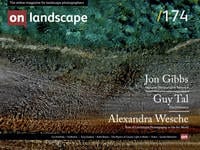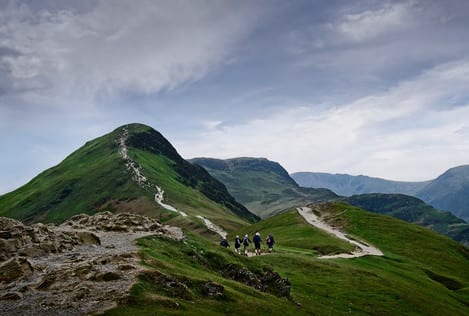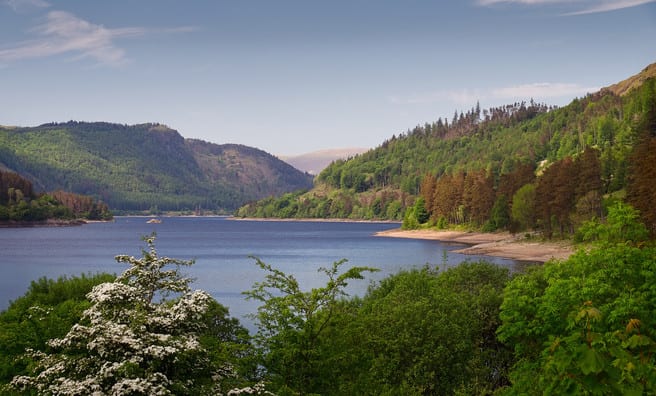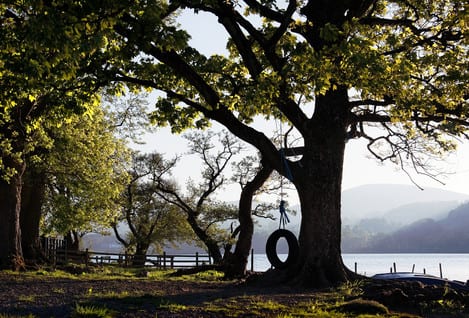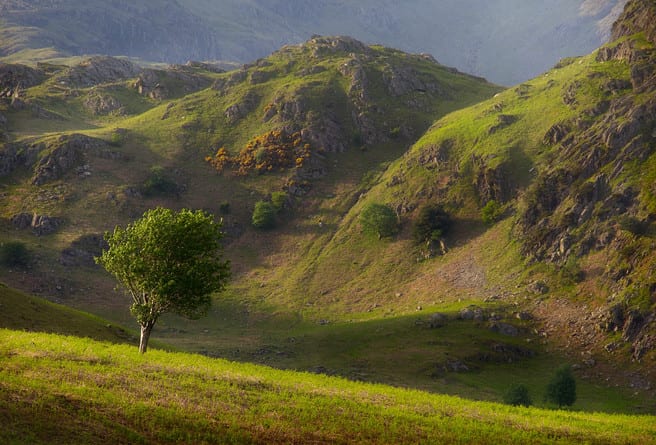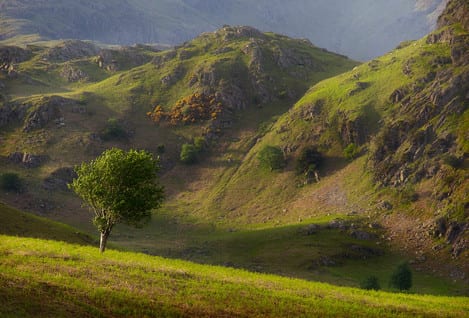Does the popularity of landscape photography reduce its value as art?

Alexandra Wesche
I am an amateur photographer from Germany who is into landscapes and stories. I like to discover both on my daily walks through the woods with my sighthounds and on occasional vacations.
Supposedly photography’s place in the world of art has been established for decades. But is it really? Or is it merely a certain type of photography that is even considered as such?
My recent visit to the Museum of Photography in Berlin made me wonder. The almost complete absence of landscape photography left me somewhat disappointed. The only exception was a couple of tiny Alfred Stieglitz prints and even those could only barely be counted as such. Of course, the location is not only the Museum of Photography. Two thirds of the exhibition rooms belong to the Helmut Newton Foundation and are arranged accordingly. Therefore, finding mainly a certain type of photography should not have been surprising. Only the third storey is being used for a variety of exhibitions from all photography genres by the Photography Collection of the Berlin Art Library.
The Newton Foundation is currently exhibiting works from the private collection of Carla Sozzani. There were many portraits, some fine artworks for example by Sarah Moon or Duane Michals and a seemingly endless amount of fashion photography. Additionally, there were the mentioned Stieglitz prints and one Edward Weston print if I remember correctly. My disappointment may be a bit unfair because of the general concept of the exhibition and also because for a long time fashion photography had a rather hard time to be accepted in the art world as well. Nevertheless, I couldn’t help it.
The Art Library exhibition covers artist portraits throughout the 20th century. So as not to be misunderstood, it was a wonderful collection of photographs showing many fascinating artists and I really loved seeing it.
Still, I could not help feeling that often times photography has sought validation as art through the portrayal of established artists like Picasso, Frida Kahlo, Andy Warhol, Georgia O'Keeffe. Those were just the most portrayed artists of the exhibition, some of which I had already noticed in the Carla Sozzani collection as well. Many of these portraits are several decades old and therefore do not necessarily express a current trend. Their prominent presence can likely also be explained by exhibition politics, simply because certain artists will always draw in an audience.
After seeing the exhibitions, I went into the well-equipped bookstore of the museum. Again, I noticed hundreds of books on fashion photography and portraits, many books portraying high society and artists, some architecture and street photography, but very little landscape photography. There were one or two Ansel Adams books, one Edward Weston, Andreas Gursky of course, Sebastiao Salgado's 'Genesis' and at least the wonderful 'Landmark' book by William A. Ewing and 'Reading the Landscape' by Olaf Otto Becker. There were a couple more books by unfamiliar photographers, but compared to the total amount in the shop there were not many.
Despite all the logical explanations for the absence of landscape photography in this particular location, my lingering disappointment made me ponder the role of landscape photography in art and its status in general and I started some internet research.
Browsing through the online exhibition archive of the Museum of Photography, there does not seem to be much place for landscape images in general. During the last 14 years, there were exhibitions on street photography, architecture, war photography, portraits and nudes and yet again more fashion photography. I believe I have found only two exhibitions in the archive that can be classified as landscape photography, one by Michael Ruetz in 2014 and another by Sigrid Neubert in 2018.
I then went through the website archives of other photography museums and established art galleries worldwide. I can't claim to have done an in-depth research on this, but my impression was that the situation seems similar in other photography museums and galleries in Europe. Browsing through photography on Google Arts & Culture I came upon the collection of the Amon Carter Museum of American Art. This one stuck out. I love how photography sits comfortably between traditional paintings and sculpture in this gallery, online at least. I have not visited the place of course. America generally seems to have a greater appreciation for landscape photography as art. The American identity seems to be very much connected to the American landscapes. Likewise, from early on landscape photography has been closely connected to the naturalist movement and the impact of photography on the establishment of national parks cannot be disregarded.
In Germany, the kind of landscape photography you see in art galleries still seems to be based very much on the traditions of the ‘New Objectivity’ art movement which was largely represented by the Bechers’ School of Photography in Düsseldorf. Andreas Gursky being the most well known photographer from this school. Unfortunately, this is the kind of photography that leaves me personally largely unaffected, with one exception by the name of Elger Esser. However, he seems to have parted ways with the concepts of his companions and teachers for the most part, because his work is decidedly not objective. For me, art and objectivity exclude each other and the attempt at objectivity always seems affected and merely disinterested to me.
There are numerous other contemporary landscape photography trends, among which we've got the ‘Instagram-adventure-hiking-boots-and-glowing-tents photographers’, the ‘candy-colour-atomic-glow-luminaters type of photographer’, the ‘moody-black-and-white-only-square-loving-long-exposure photographers’ and then there are those I mostly see in 'On Landscape' or the German magazine ‘Forum Naturfotografie'; photographers who seek a more laid-back, authentic and personal approach towards landscape photography.
Despite the cheek, I find that there are some wonderfully creative and original artists (and also many more imitators) in each of these groups. However, none of these currently seem to have a place in established art galleries.
Possibly the overabundance of contemporary landscape photography on the internet contributes to a certain decline of the value of landscape photography as art in general and maybe it will just take a couple of decades to filter through the landscape photographers whose work is strong and expressive enough to pass the test of time.
At least we still have small local galleries like the Joe Cornish Gallery who strive to present landscape photography as something other than the daily Instagram image overdose.
Still, I’d love to see something similar like the aforementioned American museum in Europe, e.g. a landscape art museum, a place where images by Eugène Atget could be seen in the same exhibition as paintings by Monet, Turner and Friedrich. There are galleries exclusively for portraits after all and they sometimes show photography in addition to paintings, the National Portrait Gallery in London for example.
I have to admit I have struggled quite a bit with this article. Not only have I not done much writing during the last 15 years, but I also feel that I have largely failed to understand the current directions of contemporary landscape photography in the chaos that is photography on the internet. Especially getting a feeling for differences between European countries seems impossible through online-only research, which is why there are few references to those.
I’d love to read what others think on the topic and where you see your own work in all of this. Are exhibitions important to you? Would you like to see more of your favourite contemporary landscape photographers or your own work in established art galleries or do you dismiss those as an elitist and commercial environment?
Personally, I cannot see my photography in galleries, neither established art galleries where my style would not be suitable for the current perceived art world climate nor local photography galleries for which I feel my work is not cohesive and mature enough yet.
So far, I had one image in a nature photography exhibition and for the most part, I just felt embarrassed and like a pretender. Perhaps I have to grow some more confidence to be comfortable in an environment like that, but for now, I just want to grow as an expressive and more creative photographer. Luckily I don’t depend on my photography for an income and I don’t need exhibitions to woo potential clients.

